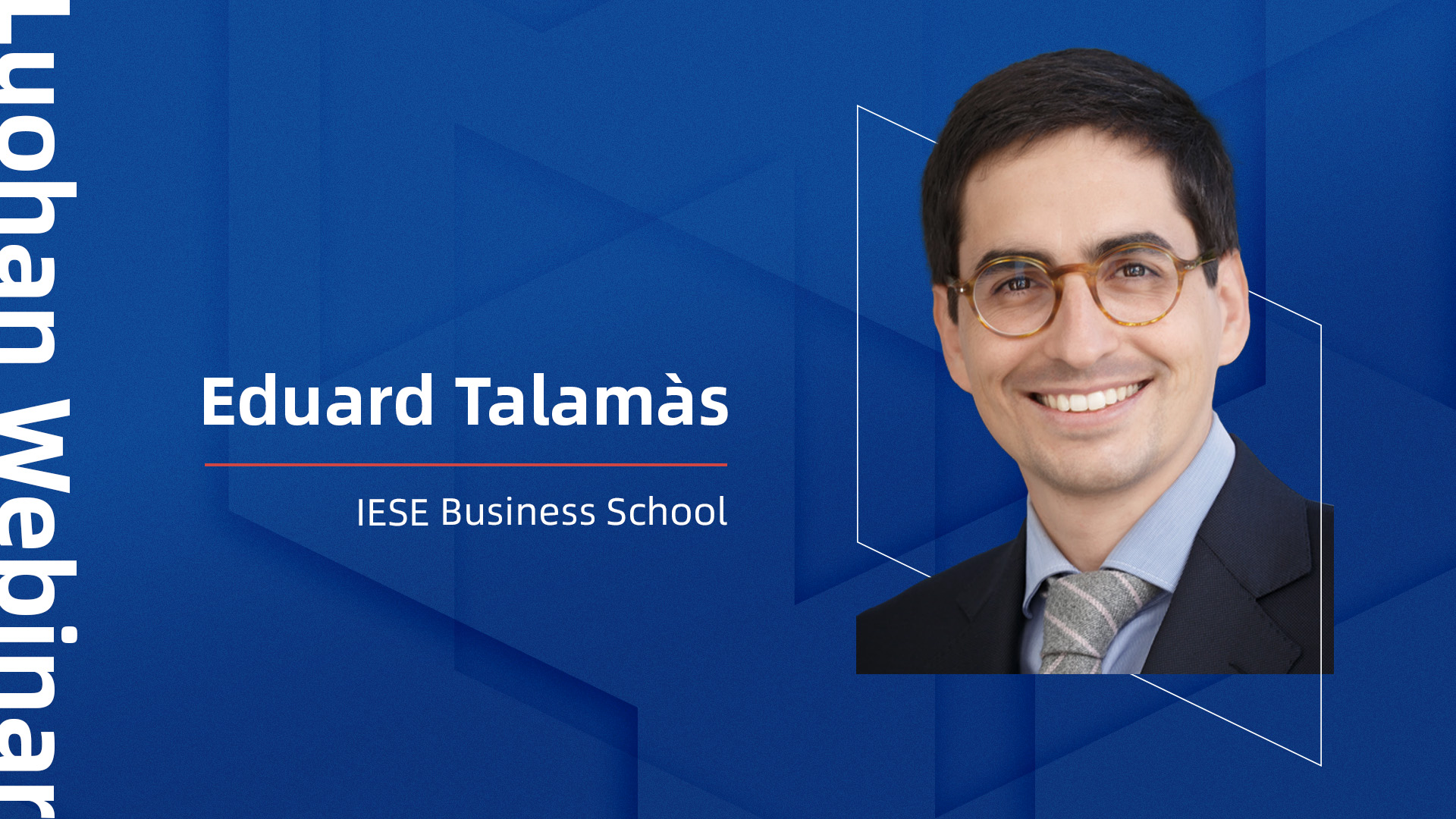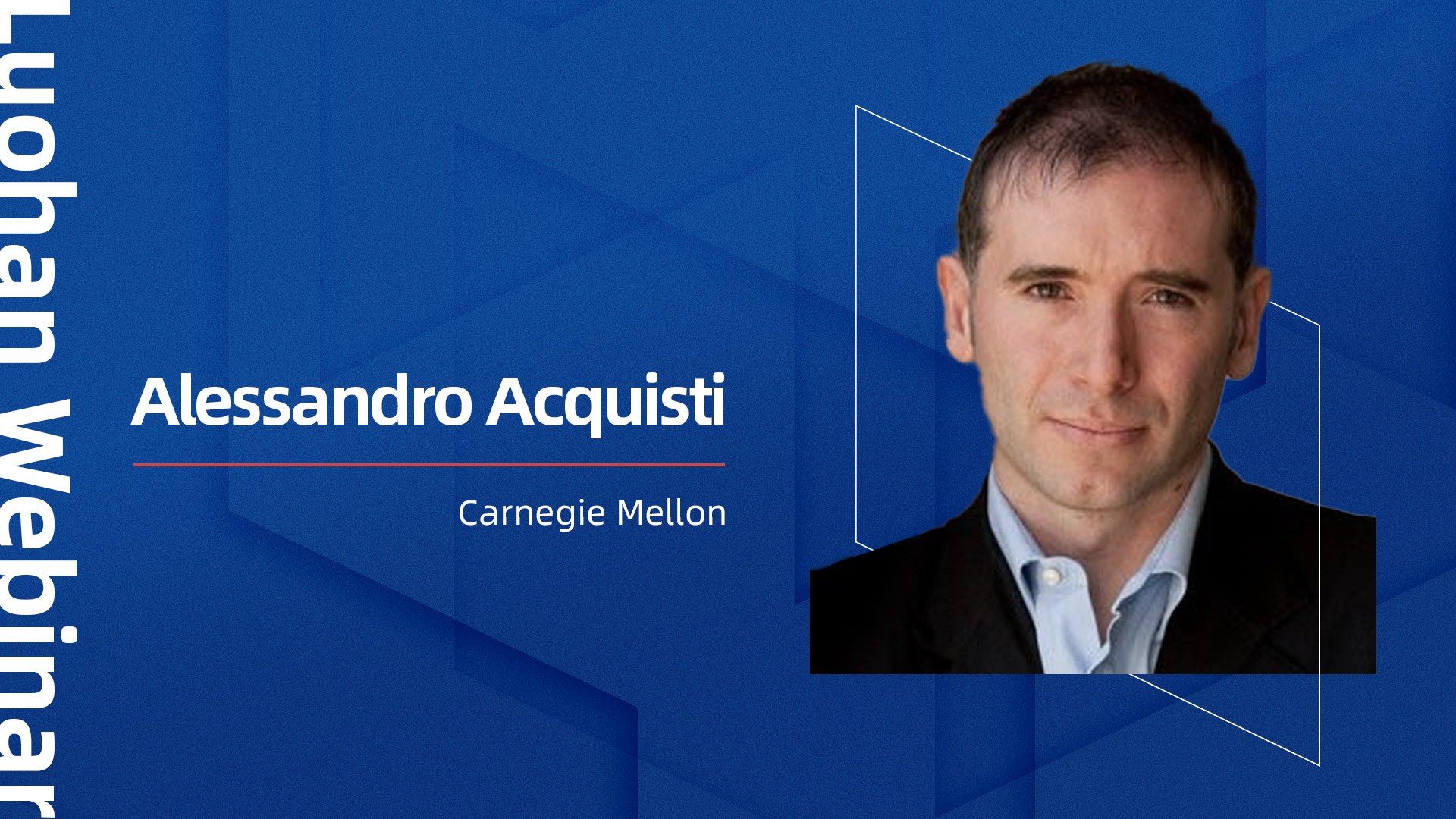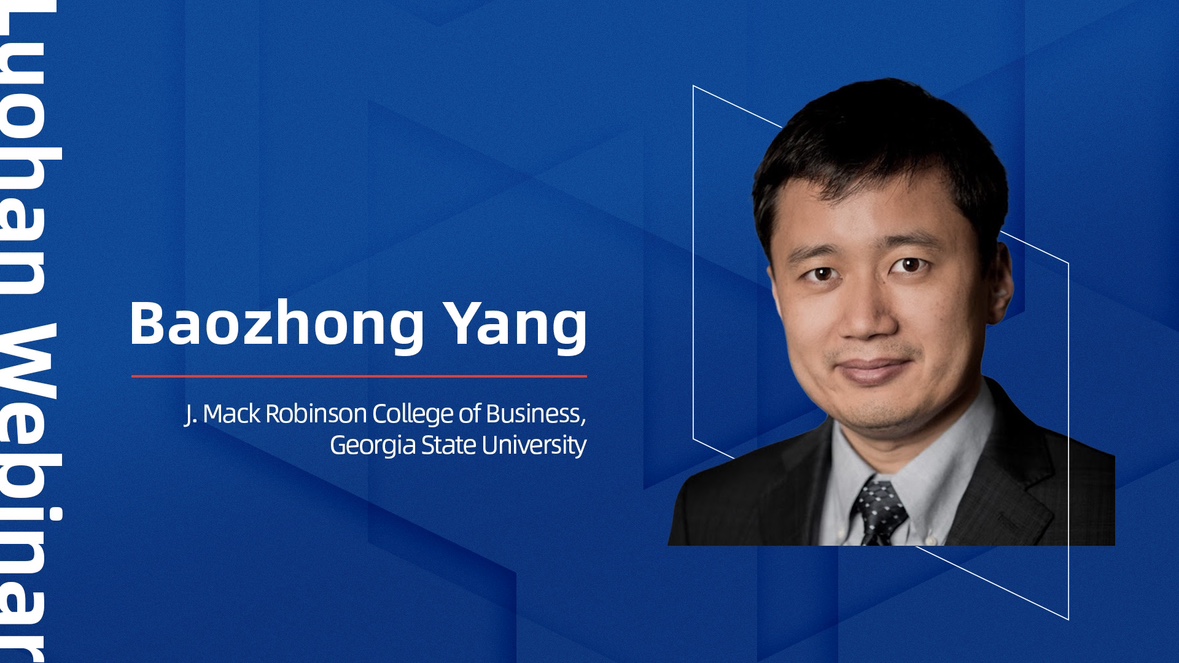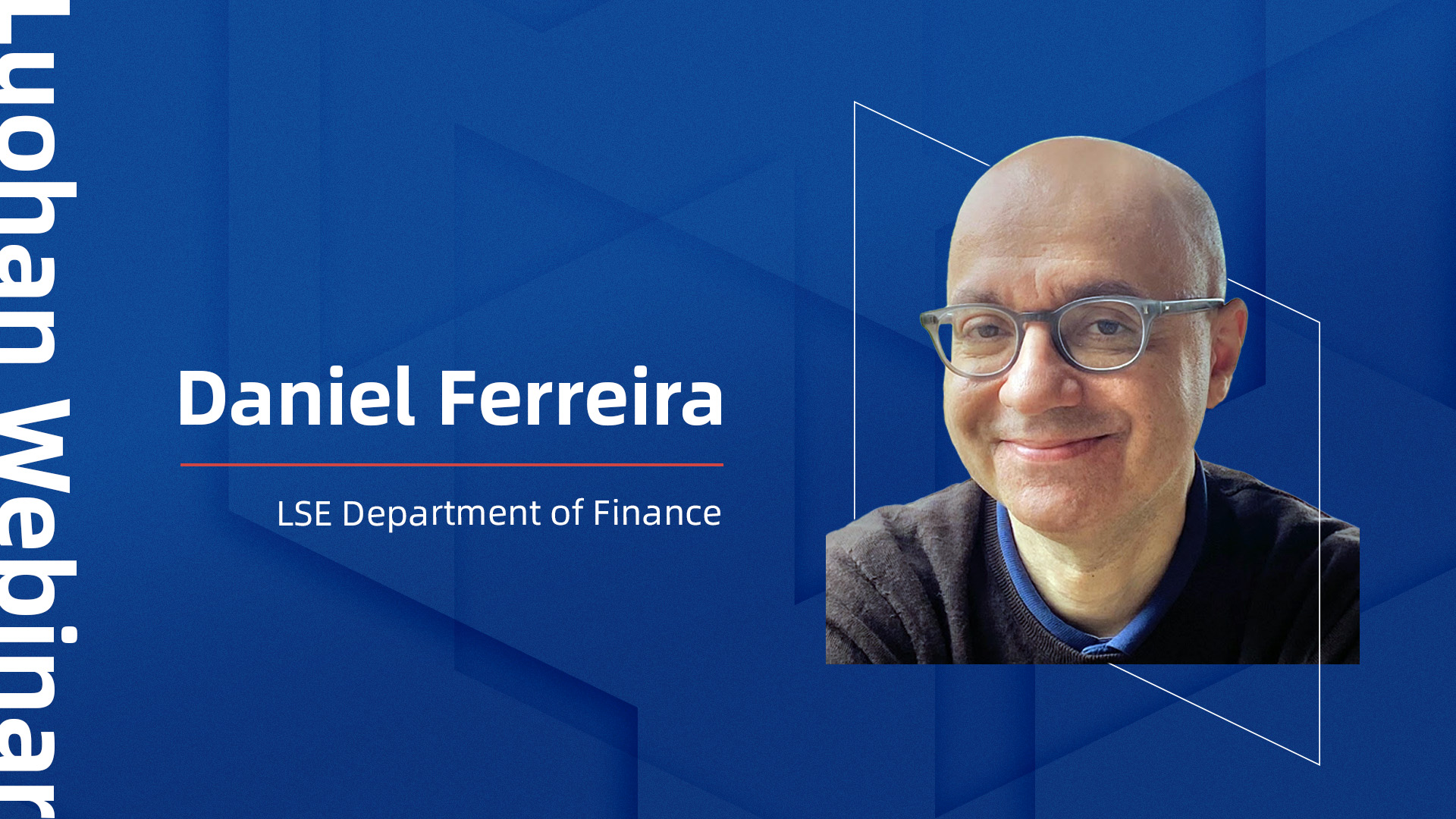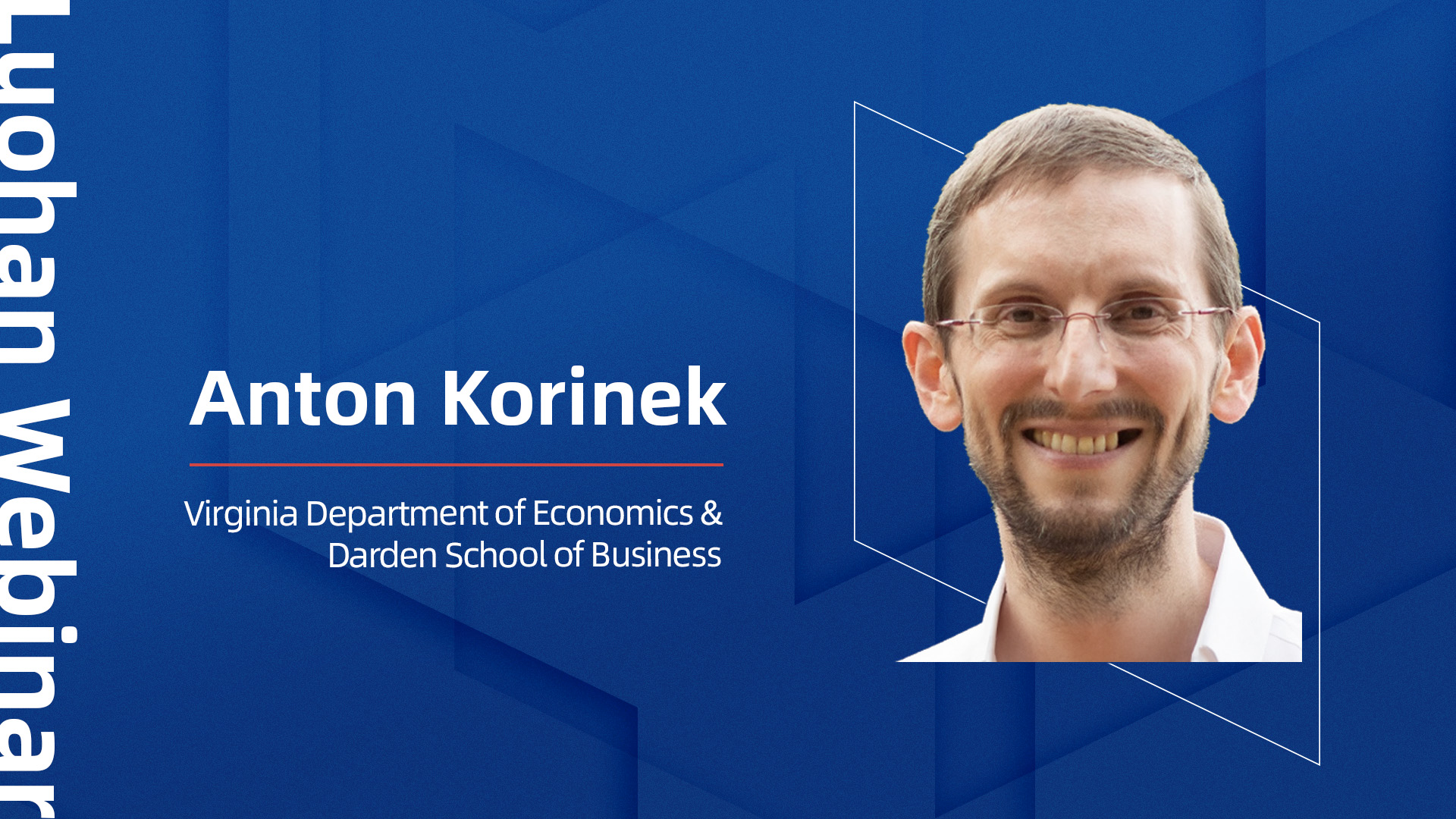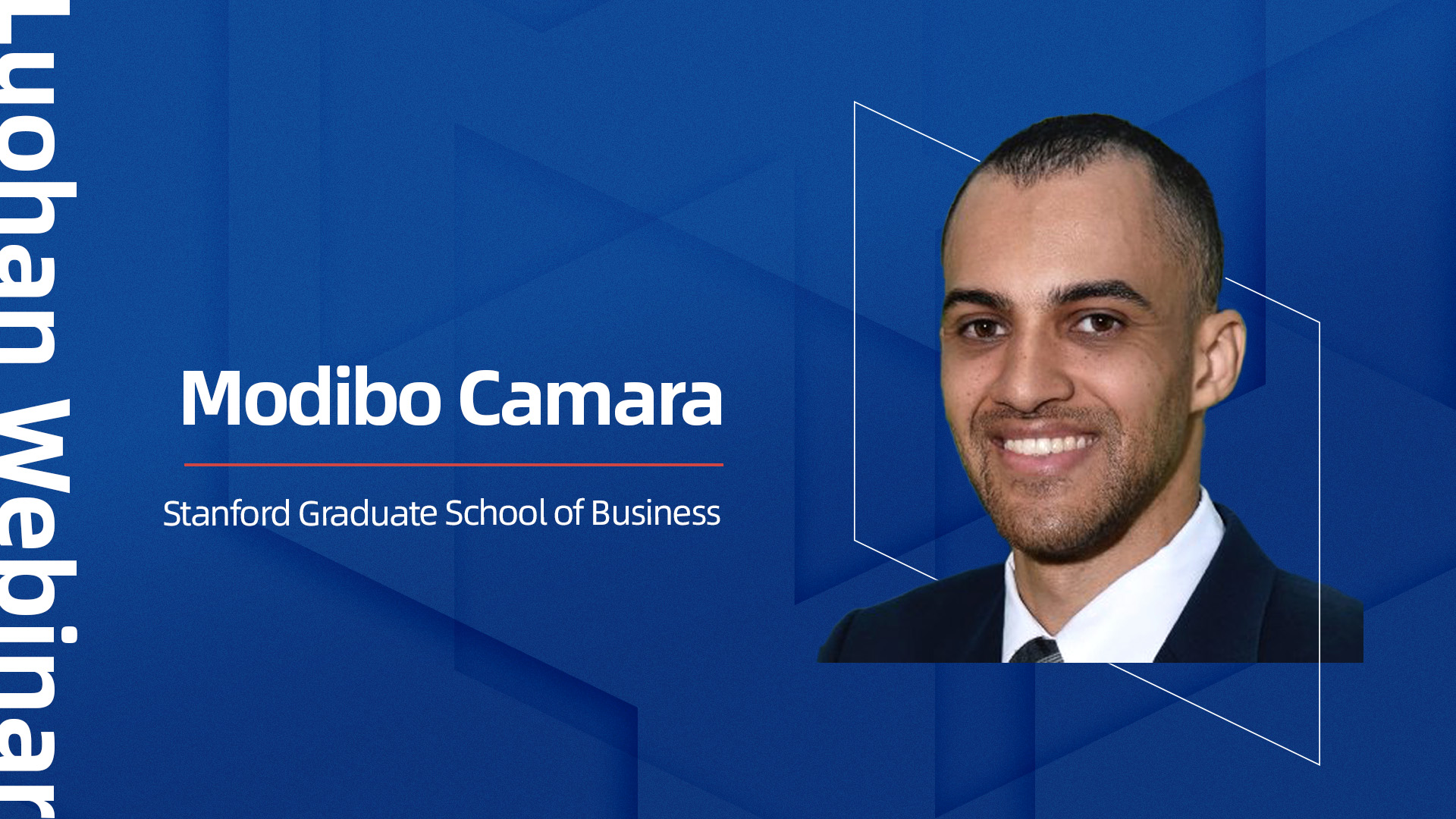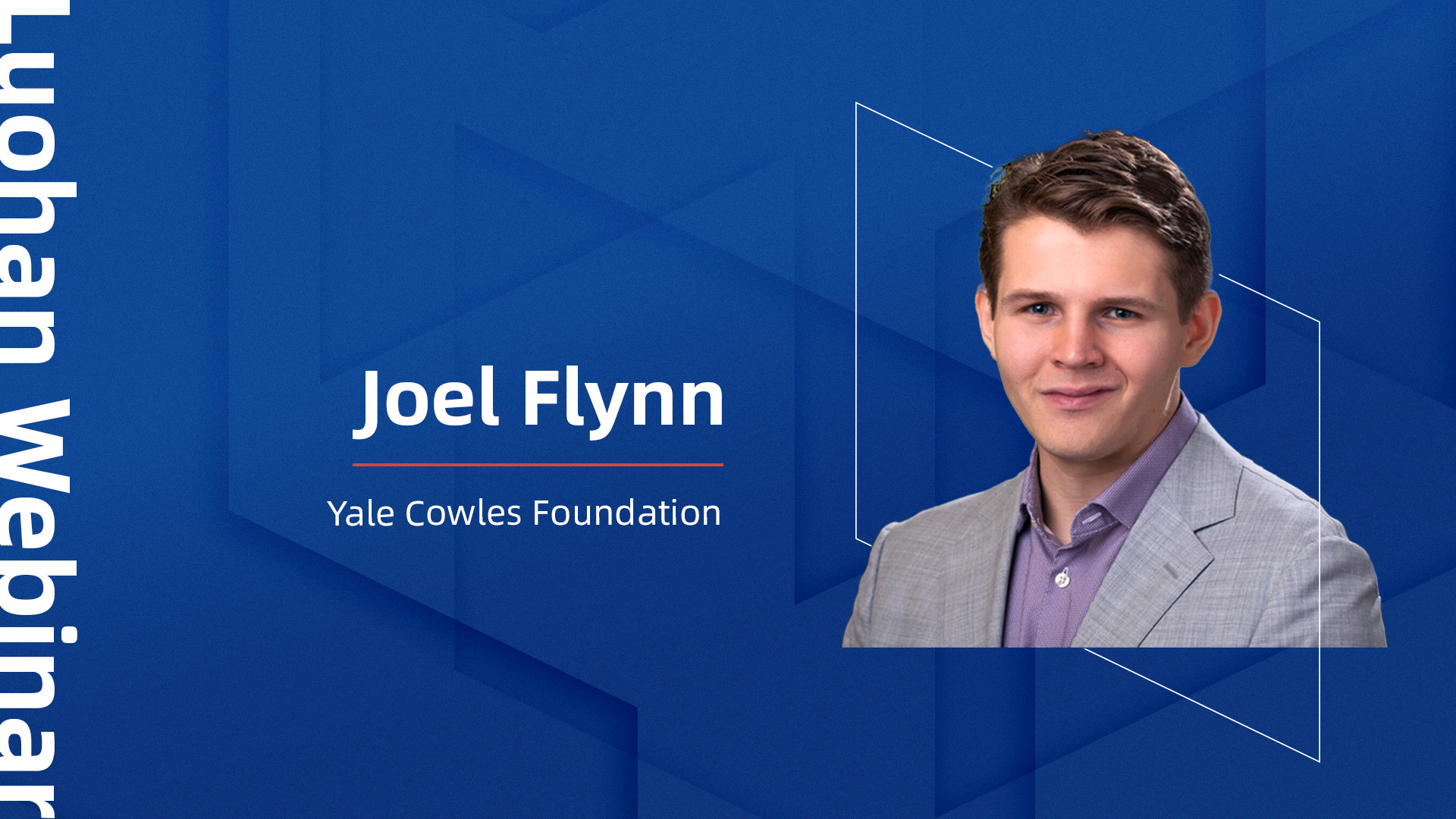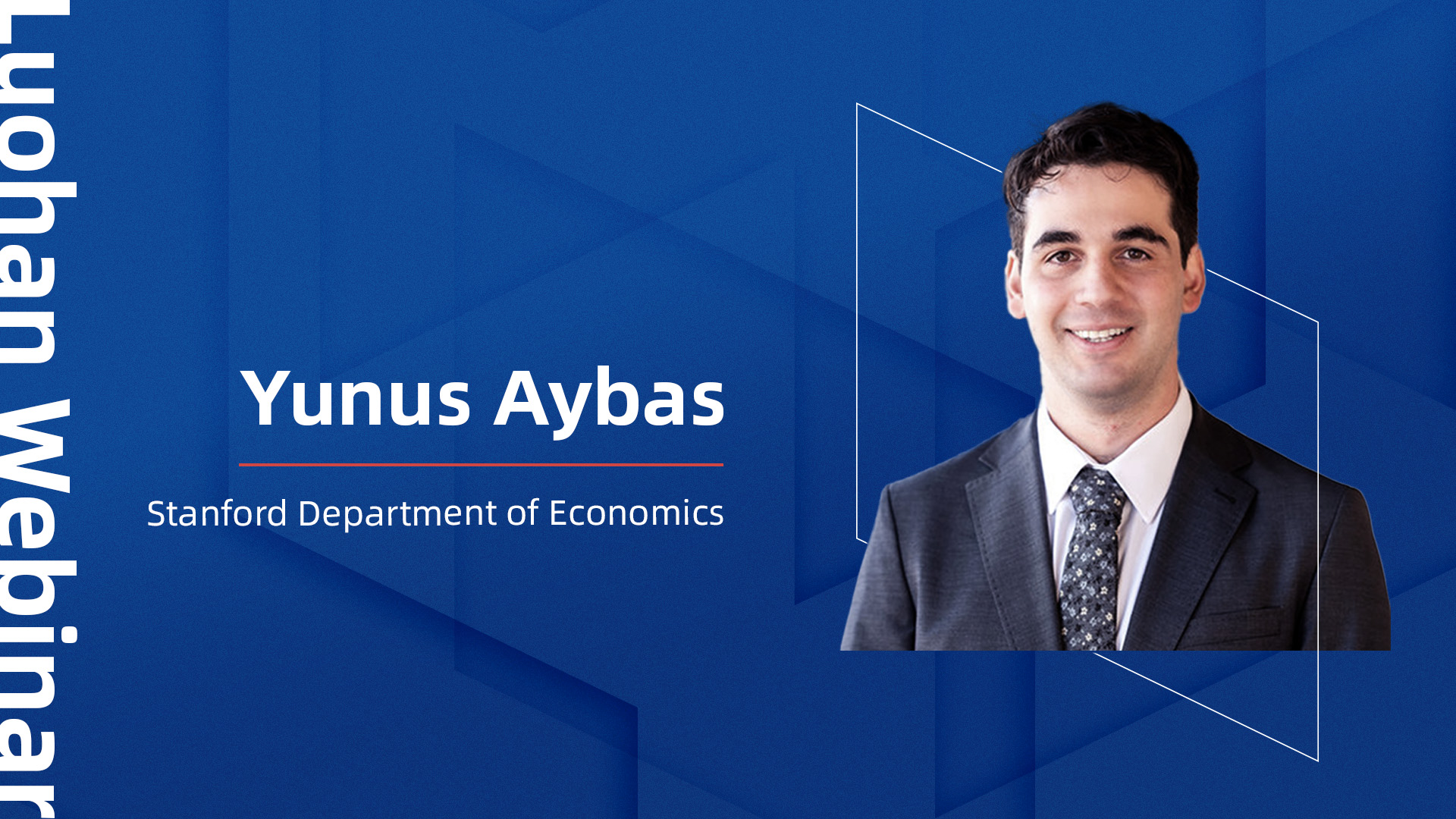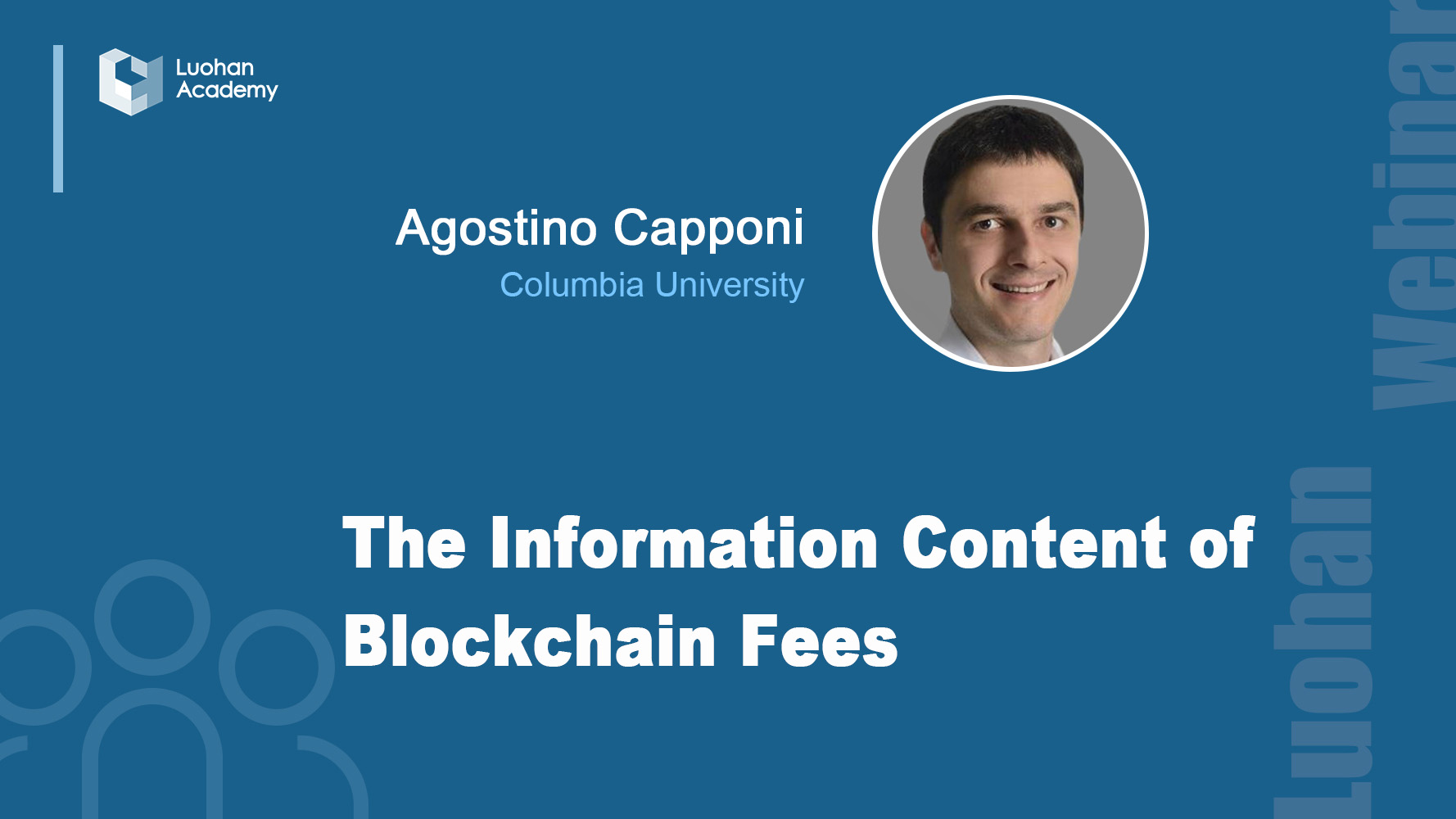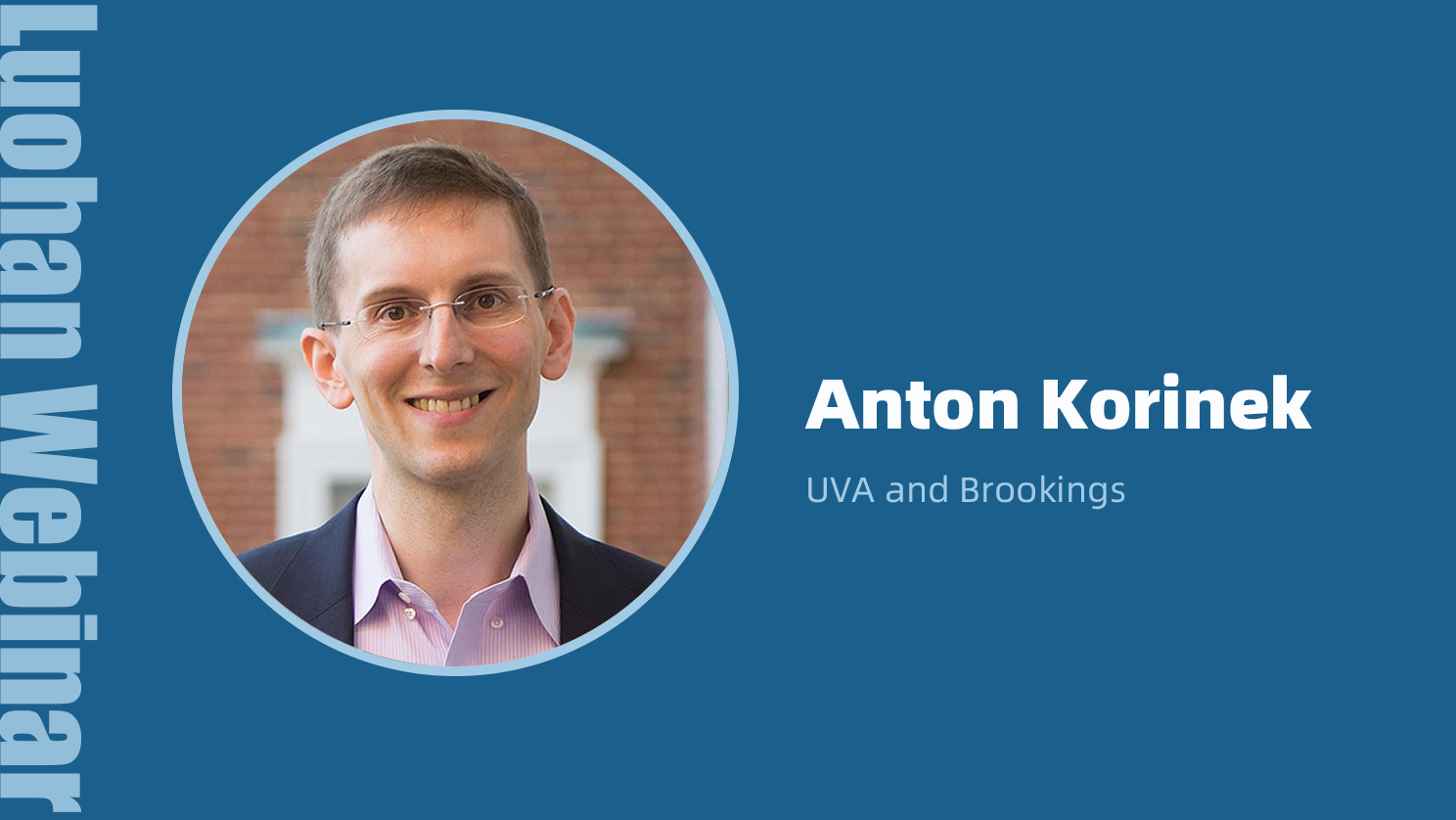Charles I. Jones is The STANCO 25 Professor of Economics at Stanford Graduate School of Business and a research associate of the National Bureau of Economic Research. Professor Jones has been honored as a member of the American Academy of Arts and Sciences, a fellow of the Econometric Society, and a co-editor of Econometrica. He is an economist noted for his research on long-run economic growth. In recent years, he has used his expertise in macroeconomic methods to study how race and gender contribute to economic growth, changes in top income inequality, and the economics of data.
Abstract
During the Covid-19 pandemic, the United States effectively “spent” about 4 percent of GDP — via reduced economic activity — to address a mortality risk of roughly 0.3 percent. Many experts believe that catastrophic risks from advanced A.I. over the next decade are at least this large, suggesting that a comparable mitigation investment could be worthwhile. Existing lives are valued by policymakers at around $10 million each in the United States. To avoid a 1% mortality risk, this value implies a willingness to pay of $100,000 per person — more than 100% of per capita GDP. If the risk is realized over the next two decades, an annual investment of 5% of GDP toward mitigating catastrophic risk could be justified, depending on the effectiveness of such investment. This back-of-the-envelope intuition is supported by the model developed here. For example, it is optimal to invest at least 1% of GDP annually to mitigate A.I. risk in most of the scenarios considered, even without placing any value on the welfare of future generations.
If you would like to give a presentation in a future webinar, contact our Senior Economist Dr. Wen Chen (wen.chen@luohanacademy.com). For other inquiries, please contact: events@luohanacademy.com.




